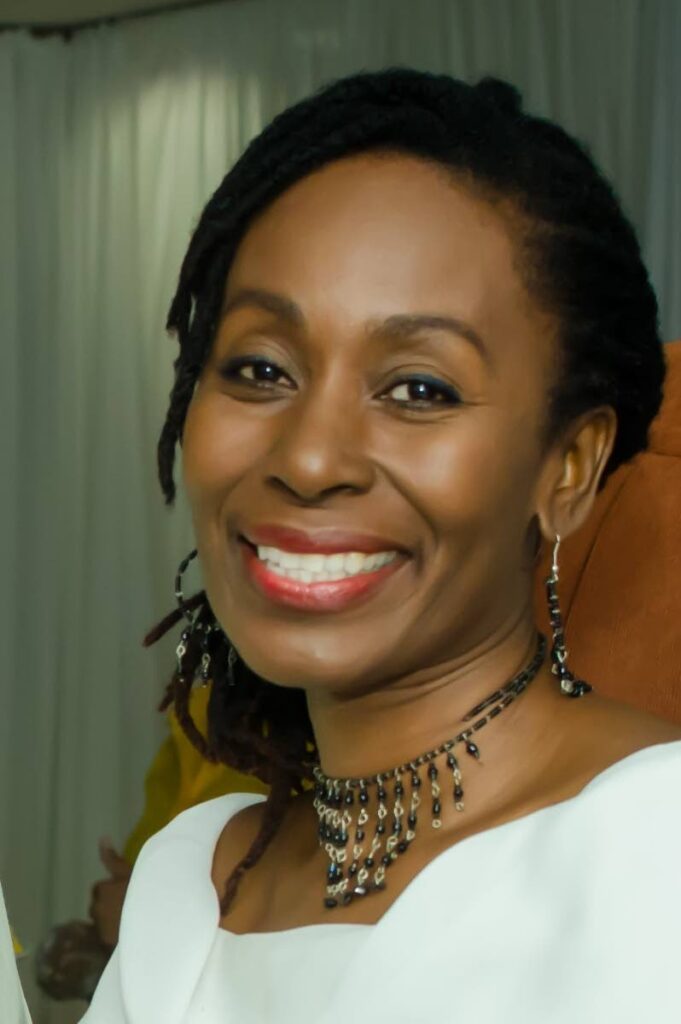New memories, symbols of independence

Dara E Healy
“Our entire nation should be a living, breathing monument to the people who contributed to building this country.”
AT SIXTY-TWO we are still searching. We are not quite comfortable with ourselves, but many of us believe we know what the end should look like.
This week, citizens gathered to share thoughts and recommendations for a way forward regarding the monuments, statues and signage of our nation. It is an important conversation, characterised by a mixture of deeply-held imperialistic opinions, ideological confusion, as well as clarity about next steps. It is also a conversation that has implications for broader areas of our lives.
The opening quote is an extract from the document we submitted to the Cabinet-appointed committee. The idea that our entire country could serve as a celebration to history, memory and nationhood is a powerful one. Colonials certainly understood the significance of controlling the landscape.
For instance, it is said during the colonial era in Africa, statues and monuments erected by Europeans sought to exclude symbols of African royalty, or warriors who resisted the colonisers. Later, as Africans fought alongside Europeans in the wars, memorials of African soldiers did not honour their story, but rather emphasised “that they defended and served the Empire…”
In contemplating what independence means, it is necessary to remind ourselves why this new era of self-determination is so critical. At the consultation, many drew reference to the violence and trauma that birthed our country. Some spoke of the lingering inequities in our society, where justice often appears to be reserved for the privileged.
In reality, we continue to battle a system that was established to serve colonisers, a system which today has far-reaching consequences. As Hilary Beckles writes, the “nation inherited the colonial mess, the socio-economic consequences of imperial wealth extraction…” Independence from colonialism must therefore address this profound harm.
In 1962, practical aspects of nation-building were at the forefront. Low-cost housing, sewage infrastructure for the capital city and a larger supply of water and electricity. Sugar was still the most important crop, said to employ some 20,000 people. But oil dominated, causing TT to be called “the richest in the British Caribbean…” The Hilton Trinidad was completed in May of that year and the airport boasted a new design. Queen's Hall served as a cultural centre for schoolchildren, and during Carnival steelpan dominated, from J'Ouvert to las lap.
Over the decades, creatives intentionally applied their talents to nation-building. Calypsonians offered solutions to the dangers of colonial education. Through literature, dance, theatre, music or the mas, artists engaged in a movement of reclaiming our nation-space. TTT, which began broadcasting one week before independence, served as a window into our own world. The favourite television stars at one point represented our diversity and aspirations – Slyvia Hunt, Hazel Ward, Allyson Hennessy, Holly Betaudier and Sham Mohammed, host of Mastana Bahar.
Yet, in 2024, it is still alarmingly easy for an elderly Portuguese man to utter the contemptuous “Go back to Africa,” a racist phrase I have not heard (publicly) since the 1970s. As more people addressed the committee, it became clearer to me that we cannot move forward unless we confront our centuries-old pain differently.
A major aspect of our reckoning with colonialism is the absence of history in our curricula. The recommendations of the committee will be central for supporting any move towards reintroducing this crucial subject. Knowledge of self is at the foundation of reducing crime, boosting literacy and revitalising our community spaces.
A key point was made about the need to train young artists to attain global standards. Sculptures such as the Haitian Le Marron Inconnu attract visitors from all over the world. As we seek to educate and build awareness of our shared history, the quality of what we produce will be integral to achieving our nation-building goals.
At age 62, we are not too old to fight. In 1962 Dr Williams reminded that independence is the beginning and not the end of our responsibilities. He urged us to “subordinate private ambitions to the general good and develop new, higher standards.”
It is time to locate the people of TT in our own history. It is time to remove symbols of hate and silence the voices that are against this new story of nation-building. Future generations are waiting; we will not disappoint.
Blessings to all on this Independence Day.
Dara E Healy is a performing artist and founder of the Indigenous Creative Arts Network – ICAN

Comments
"New memories, symbols of independence"